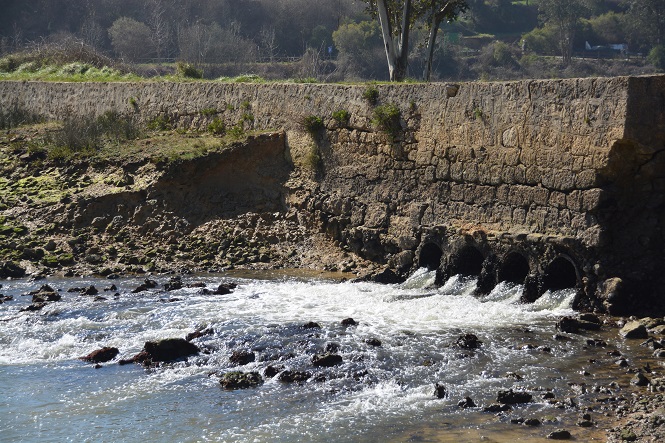 One in four Americans lives within four miles of one. And in highly populated areas, like the San Francisco Bay area, many residents live within four miles of 20 different ones.
No, we’re not talking about Starbucks. We’re talking about hazardous waste sites, or “Superfund sites.” Despite the overall decrease in media coverage, they’re still out there, and they’re still a public health hazard. Common chemicals found at these sites include arsenic, lead, mercury and DDT.
But the term “Superfund” doesn’t actually define the land itself.
One in four Americans lives within four miles of one. And in highly populated areas, like the San Francisco Bay area, many residents live within four miles of 20 different ones.
No, we’re not talking about Starbucks. We’re talking about hazardous waste sites, or “Superfund sites.” Despite the overall decrease in media coverage, they’re still out there, and they’re still a public health hazard. Common chemicals found at these sites include arsenic, lead, mercury and DDT.
But the term “Superfund” doesn’t actually define the land itself.
The basics of Superfund sites
According to the EPA, a Superfund itself “is the name given to the environmental program established to address abandoned hazardous waste sites. It is also the name of the fund established by the Comprehensive Environmental Response, Compensation and Liability Act of 1980, as amended (CERCLA statute, CERCLA overview). This law was enacted in the wake of the discovery of toxic waste dumps such as Love Canal and Times Beach in the 1970s. It allows the EPA to clean up such sites and to compel responsible parties to perform cleanups or reimburse the government for EPA-lead cleanups.” The basic Superfund process itself involves assessing sites, putting them on the National Priorities List (NPL) and working on cleanup plans. The program also works on removal actions in cases where immediate action is needed, punishes responsible parties, works on community involvement, gets the state involved and works towards long-term protection of the area. The EPA states that in the last 20-plus years, they’ve been able to locate and analyze tens of thousands of waste sites, protect against contamination from the worst sites and achieve mass involvement in cleanup efforts. The specific process for working on a Superfund site is a long one. It starts with assessments and site inspections to decide if immediate and short-term responses are needed, the site is placed on the NPL, studies are then conducted to find out more about the contamination and treatability of the site, then cleanup alternatives are reviewed, then remedy plans are implemented and physical cleanup is completed. After that, there is a post-construction phase during which long-term plans are assessed, five-year reviews are addressed and the site is basically managed to make sure it will stay stable in the long run. After that, a site is taken off the NPL and the site is open for reuse. There are also some serious benefits to the program outside of reuse. According to the EPA:- Superfund cleanups can reduce the occurrence of birth defects, specifically for residents living 2,000 meters from a site, according to recent research, entitled Superfund Cleanups and Infant Health
- A separate study – Does Cleanup of Hazardous Waste Sites Raise Housing Values?– found “residential property values within three miles of Superfund sites increased 18.6-24.5 percent when sites were cleaned up and deleted from the National Priorities List.”
- In fiscal year 2014, more than half of the sites – 450 of 850 – where some form of reuse is happening “indicate that the ongoing operations of more than 3,400 businesses are generating annual sales of more than $31 billion and employing over 89,000 people, who are earning a combined income of $6 billion.”
We’re lucky there is a plan in place to take care of these sites. In fact, there have been tons of success stories detailing once uninhabitable areas that were rehabilitated and are now safe for use.